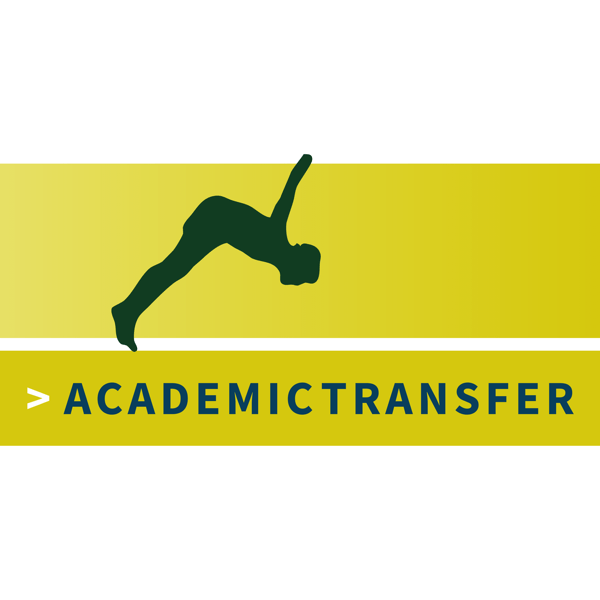
PhD Talk for AcademicTransfer: How to develop a publication strategy
This post is part of the series PhD Talk for AcademicTransfer: posts written for the Dutch academic career network AcademicTransfer, your go-to resource for all research positions in the Netherlands.
These posts are sponsored by AcademicTransfer, and tailored to those of you interested in pursuing a research position in the Netherlands.
If these posts raise your interest in working as a researcher in the Netherlands, even better – and feel free to fire away any questions you might have on this topic!
As you are starting an academic career, it is advisable to stop and think about what, where, and how you want to publish. Many times, we develop our publication strategy without much strategy – we just write papers about our work, without much planning and strategic thinking about the profile we want to build.
In today’s post, I invite you to think about your publications in terms of the academic profile and, later on, legacy and impact that you want to build. What are really the major breakthroughs you want to achieve in your field? Which research and which publications do you need to make your dent in the universe? What is your academic mission statement, and how can your publications communicate that statement?
Once you have a solid, basis we can think about which research to publish.
I’m often asked when the work is “ready” for publication. The short answer is: when you have answered your research question and can draw meaningful conclusions from your results and analysis that are interesting for colleagues in your field as well.
The broader answer is: write only papers you really would want to read as well. Step away from the low-hanging fruit and tackle really interesting topics (think about your impact and legacy on the field). Focus on quality. Focus on good collaborations, and focus on writing on topics that are truly important. Don’t write for your publication or citation count – write work of which you are convinced that many other researchers will be excited about using your results. The rest will follow suit.
The next topic to think about is where to publish your research.
When we think about publishing our research, we often think about journals in the first place. The first question is then: which journal should I select. My guidance here is to start form the journals you read yourself. In addition, check the information about the journal regarding audience, scope, topics, and requirements (do you need to bring an original contribution, are negative results acceptable?).
In addition, you can think about which percentage of your papers you want to publish open access. Making your work publicly available does not necessarily mean that you should publish only in open access journal – in fact, the Dutch universities have agreements with most major publishing houses to publish papers open access.
When it comes to publishing in collections and special issues, you should be careful as more and more of these efforts are in the realm of predatory publishing. For junior faculty it is important to think if you really want to contribute to a special issue. Is the special issue a perfect fit for your work, then go for it. However, if you are only tempted to submit a paper because you feel flattered that you are invited to contribute, then stop and pause. Do you want to deviate from your original publication plan? Is it worth the extra time investment? Avoid the trap of starting to pile on too many half-baked ideas.
Finally, is it necessary to publish in high-impact factor journals? The answer is, as with many things in life: it depends. It depends on your field. At the same time, you should not be afraid of high impact journals. You can always try, and if your work gets rejected, you can submit to a journal with a lower impact factor. In my experience, I once submitted to one journal and got a desk reject. I then submitted (in a bold mood) to a high-impact journal, and the paper got positive reviews and got accepted rather easily (and became one of my best-cited works).
When thinking about where to publish, we should also make a side note on journal articles versus books. Is it necessary to have both? Again, it depends. In some fields, one book is really required to get tenure. In my (civil engineering) field, books are not very common. If you are considering writing a book, make sure you know what you are getting yourself into. You also need to think about the type of book you want to write: textbook, monograph on a research topic, or an edited volume. All of these are valid choices, and all of these will require a different approach and planning (and should get considerable time in your publications strategy).
The last topic to address is with whom to publish.
As a graduate student, you will be publishing with your promotor(s) and collaborations and coauthoring will be rather straight-forward (if we leave out the intricacies of the PhD candidate – promotor relationship). During your post-doc, you will mostly be publishing with your post-doc advisor. Afterwards, you will be publishing with your students and with colleagues internationally. At that point in your career, you need to be careful in taking on writing projects. The risk is that you’ll end up with many stalled papers and your publication pipeline will get clogged. Always make sure a writing project is in line with your publication strategy and the topics you want to be considered an expert on.
How do you develop your publication strategy? Let me know in the comments below!
